Lichun moxibustion has better effects on Guanyuan point, Zusanli point, Dazhui point, Shenshu point, Shenque point and other parts, which can regulate qi and blood in accordance with the rising trend of yang qi in spring.
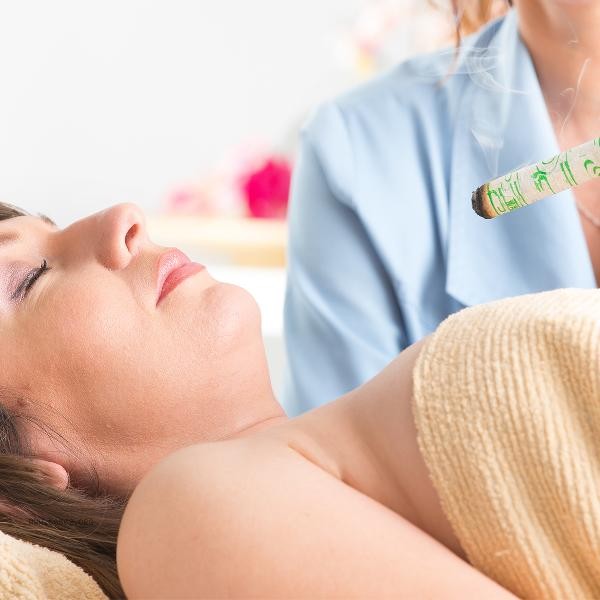
1. Guanyuan acupoint
is located three inches below the navel and belongs to the Ren meridian acupoint. Moxibustion at Guan Yuan point can warm and replenish the lower body qi, improve the common symptoms of cold limbs in spring, and have an auxiliary regulating effect on diarrhea and menstrual disorders caused by spleen kidney yang deficiency. It is recommended to use mild moxibustion for 15-20 minutes each time, taking care to avoid burning the skin.
Secondly, the Zusanli acupoint
is located three inches below the outer side of the knee and is the Zuyangming Stomach Meridian Joint acupoint. Lichun moxibustion at this acupoint can invigorate the spleen and stomach, alleviate bloating and loss of appetite caused by improper diet during the Spring Festival, and enhance immunity. Combined with foot warmth, it has a better effect. It should be used with caution for those with yin deficiency and excessive fire.
Thirdly, the Dazhui acupoint
is located in the depression below the spinous process of the seventh cervical vertebra and belongs to the Du meridian acupoint. When susceptible to wind and cold in spring, moxibustion at the Dazhui acupoint can enhance yang qi, prevent colds and headaches, and relieve neck and shoulder pain in those who have been sitting at a desk for a long time. It is recommended to use the sparrow pecking moxibustion method to stop skin flushing.
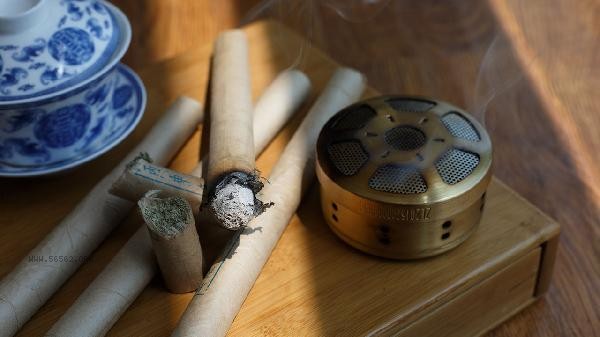
Fourthly, the Shenshu acupoint
is located 1.5 inches away from the spinous process of the second lumbar spine, and is the acupoint of the bladder meridian. Moxibustion at the Shenshu acupoint can cultivate and supplement kidney yang, improve symptoms of insufficient kidney qi such as spring fatigue, soreness and weakness in the waist and knees. Moxibustion can be applied alternately with the Mingmen acupoint, and patients with hypertension should not apply moxibustion for a long time.
Fifth, Shenque acupoint
is located in the center of the navel and belongs to the Ren meridian acupoint. During the beginning of spring, moxibustion at the Shenque acupoint with ginger can warm and promote Yuan Yang, regulate gastrointestinal function, and effectively treat chronic abdominal pain and indigestion. Attention should be paid to keeping the abdomen warm after moxibustion, and ginger separated moxibustion should be used with caution in patients with diabetes.
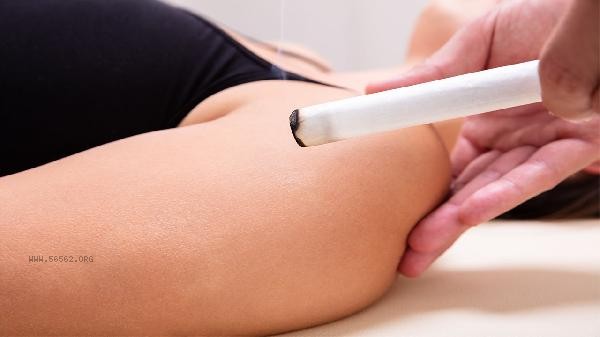
Before and after the Spring Festival moxibustion, one should maintain emotional stability and avoid overeating. Do not come into contact with cold water within 2 hours after moxibustion. You can drink an appropriate amount of ginger and red date tea to help with yang. Patients with Yin deficiency constitution, skin ulcers, high fever, and pregnant women are not suitable for moxibustion. It is recommended to apply moxibustion 2-3 times a week for three consecutive weeks. If there are symptoms such as dry mouth and throat, it should be paused. In daily life, gentle exercises such as Tai Chi and Eight Section Brocade can be used to promote the development of Yang Qi.

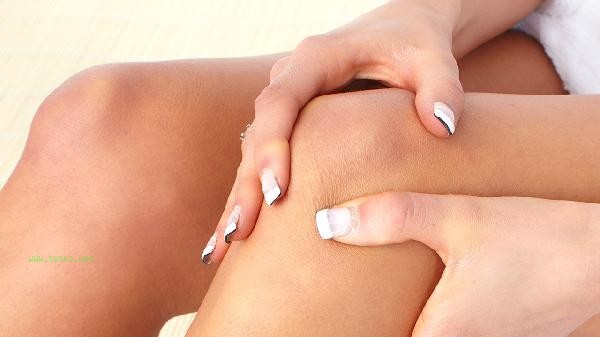
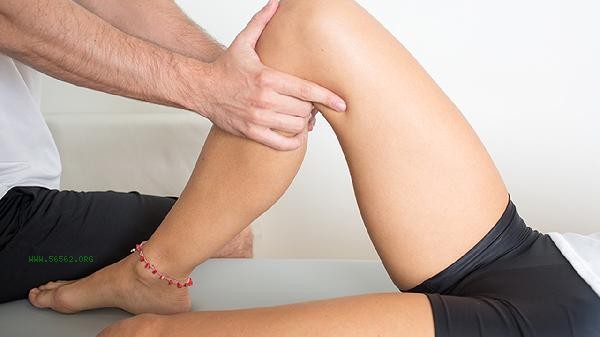
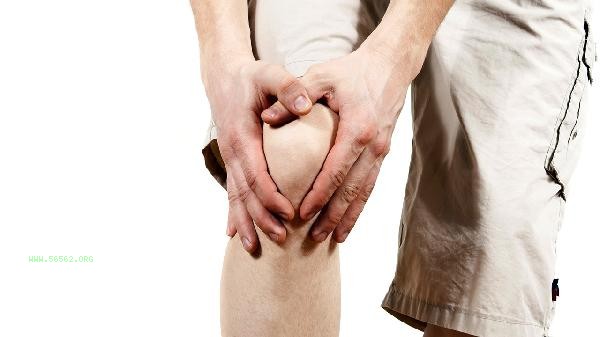
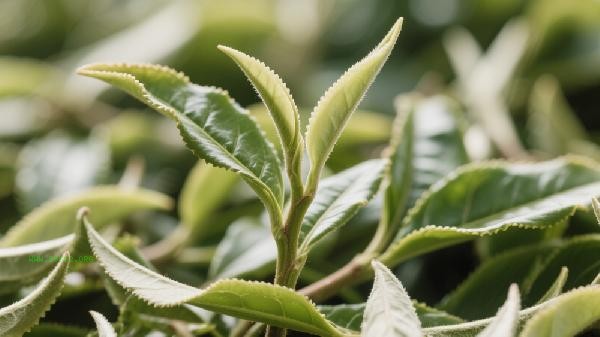
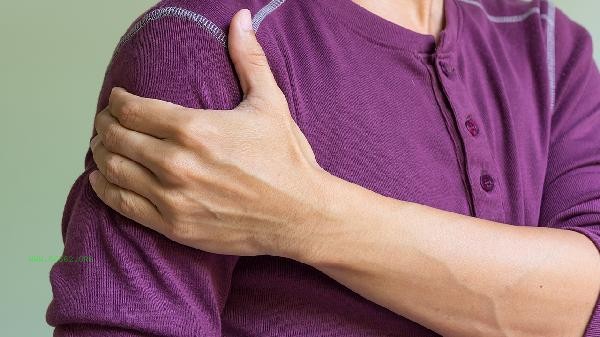


Comments (0)
Leave a Comment
No comments yet
Be the first to share your thoughts!